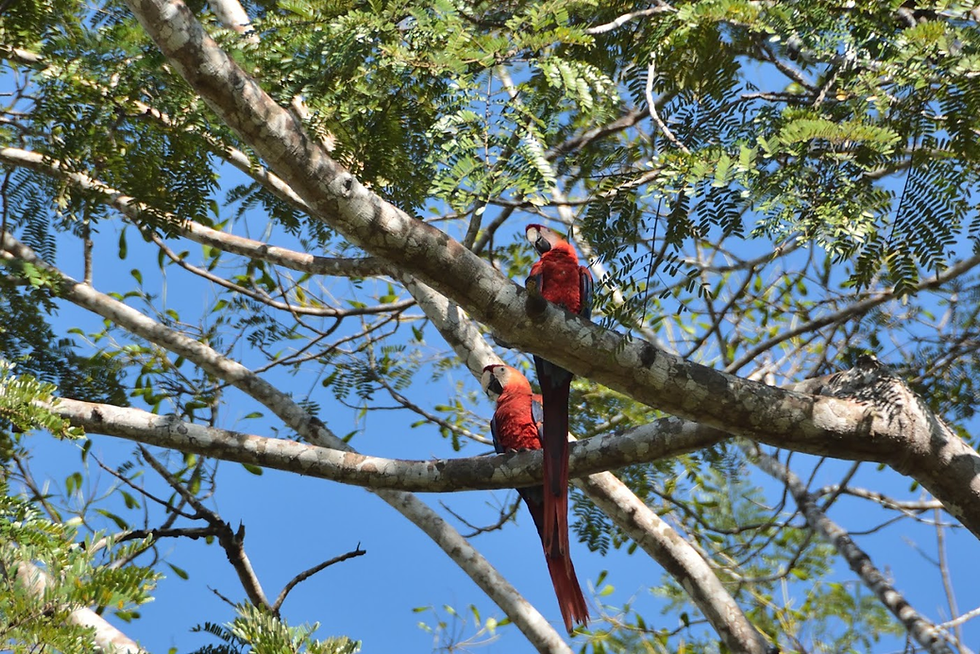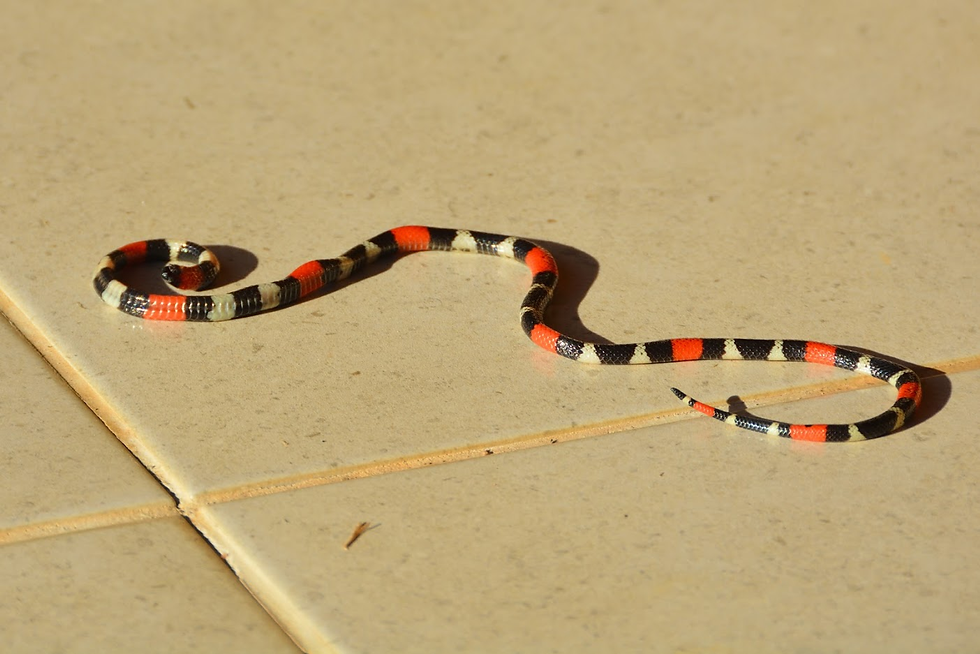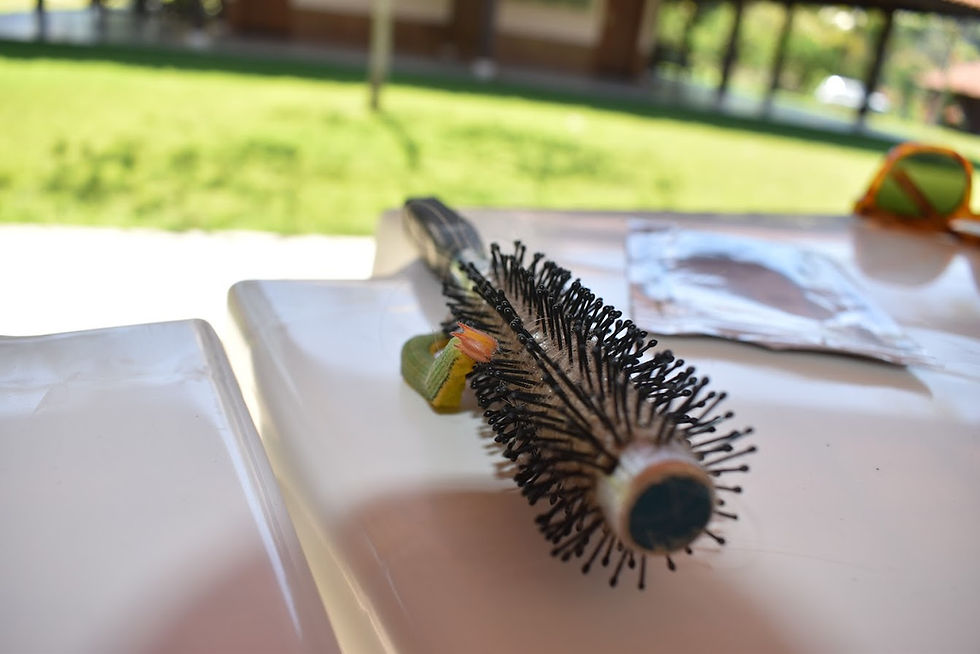By Cassie Sevigny

The Connections between Water and Rural Production project (CAP) investigates whether and which farmers adapt their production systems when they experience water variability, what adaptations they make, and whether these adaptations reduce income losses when droughts occur. Improved understanding of these feedbacks will inform efforts by government agencies and civil society to help farmers respond to water scarcity. I accompanied economist Katrina Mullan to Brazil while working on my Masters in Economics. In 2019, CAP team headquarters was at Grauna hotel in Ouro Preto do Oeste, selected for being in the middle of the three study sites, and for its large meeting rooms. Grauna happened to be situated next to a forest preserve managed by the Executive Committee for Cacau Crop Planning (CEPLAC).

There was a lot of animal activity on the hotel grounds because of the proximity of the preserve. Pairs of macaws, or araras to locals, flew overhead and perched in the trees every day. Their bright colors stood out against the brown and green of the grass, dirt, and trees, and booming vocalizations revealed the source of their local name. Flocks of bright green parakeets also flitted between palm trees each morning to feed, with their incessant squawks announcing the arrival of a new day. Butterflies flickered through the air at all hours. Each day I saw a different fuzzy, colorful caterpillar or very large beetle crawl along the short grass or other surfaces. Cicadas buzzed a nightly chorus.
Marin Skidmore, a doctoral student who joined CAP from the University of Wisconsin, stayed in a tiny cabin at the edge of the hotel property. When bats weren’t flying over the outdoor pool, they curled up upside down under the overhang of her roof. She took me on a trip up the dirt road leading away from the hotel to see the sunset from the top of the hill, and we saw a troop of monkeys leaping between trees! She said it was a small troop because they were an endangered species. We were lucky to see them so close to an area with so much human activity.

The animals didn’t limit themselves to staying outside. The arrival of a coral snake at our meeting hall provided some unexpected company, to the dismay of Dan Harris, our geographer. One night I found a frog on the wall in my room. I followed it as it hopped into the bathroom and settled in the corner of the shower by the ceiling. Another day I photographed a gecko on a window in the common area. The CAP student interviewers teased me, “Don’t you have lizards in Montana?” Yes, but not ones that climb walls! That we even saw these creatures given the amount of local deforestation is a testament to the value of large protected forest reserves. I felt humbled and honored to witness these critters in the wild.







コメント